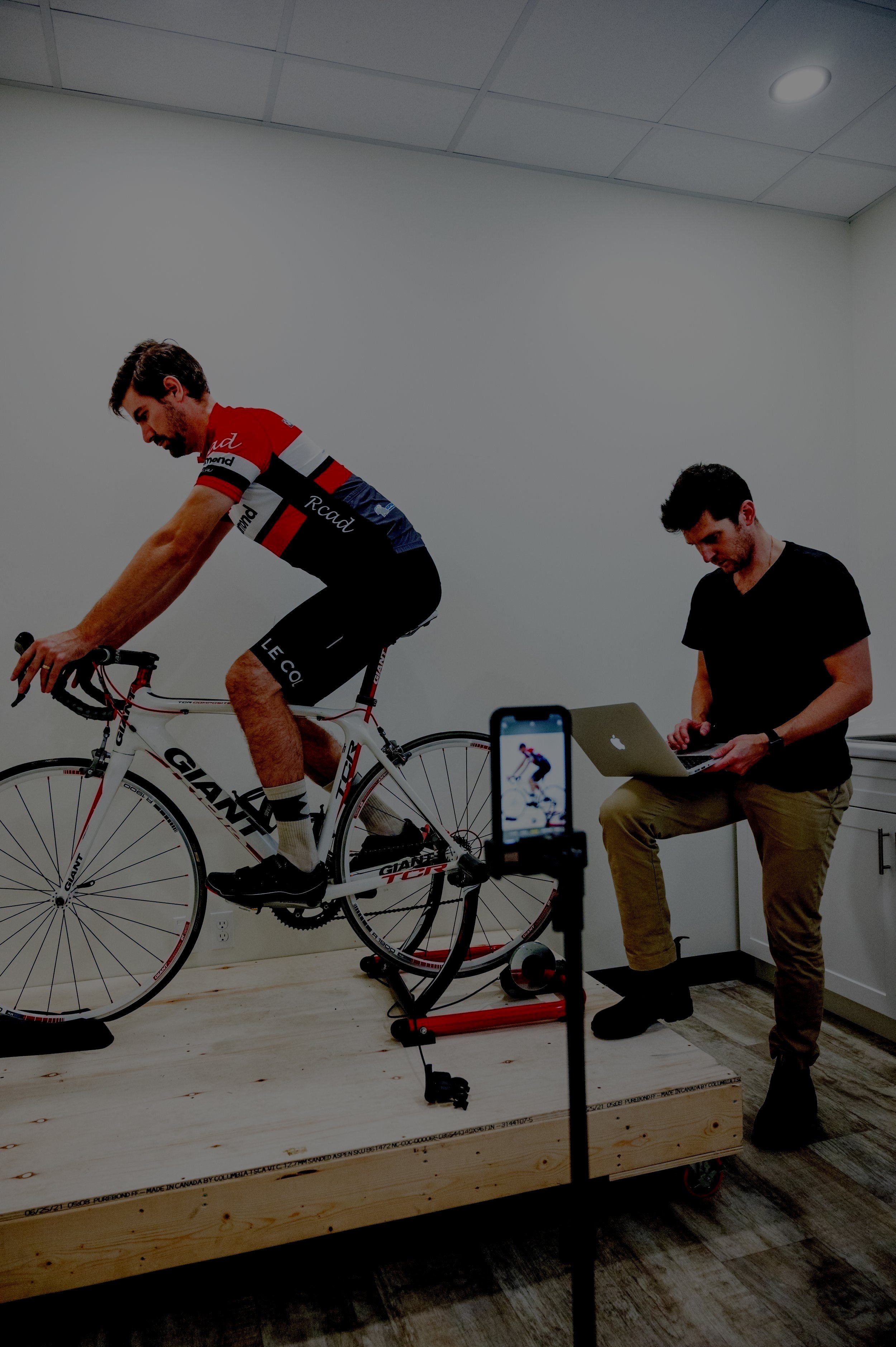
MISSION
To provide clients with the highest quality movement assessment and bike fitting experience rooted in the principles of biomechanics, neurology, and exercise physiology to find a riding position that finds the optimal balance of comfort, efficiency, power and aerodynamics to maximize performance and overall cycling experience.
Our Values
-

Client-Centred Care
Our aim is to provide a service that is guided by the client’s goals, needs and values. We work in tandem with the clients – a partnership. In this partnership, the clients are expected to provide their opinions, insights and aspirations that will drive fitting sessions and how outcomes are measured.
-

Integrity
Our clients’ best interest and well-being are paramount – and as such, we are committed to providing patients with the highest-quality service and best possible experience so that they may enjoy all the benefits cycling and physical activity, injury-free. As a regulated health professional, I am obligated to abide by and uphold the high standards of practice set forth by the College of Physiotherapists of Ontario and the Ontario Regulated Health Professions Act c.1991.
-

Empowerment
Knowledge is power. It is my goal that by the end of each session, clients will leave with a better understanding of their bike, but also anatomy, biomechanics, physiology, motor control that contribute to their health, performance and injuries. This understanding empowers clients to take control of their health and physical performance.
-

Inclusivity
A bike fit is of benefit to anyone and everyone who owns a bike, regardless of cycling experience and disciplines (e.g. recreational/commute, road, mountain, triathlon). Other than the purchase of a bike itself, a bike fit is the best cycling-related investment you can make to ensure enjoyable and injury-free riding.
-

Environmental Stewardship
We are all tasked with being responsible stewards of the environment. Choosing active forms of transportation (e.g. cycling for commuting to work), we can help to reduce our carbon footprint. Not only do active modes of transportation reduce air pollutants, but they also reduce noise pollution and ease traffic congestion.

